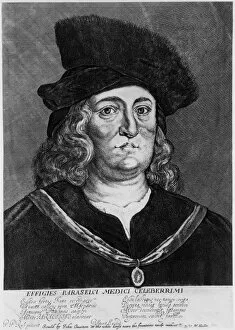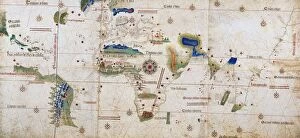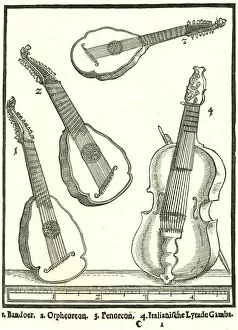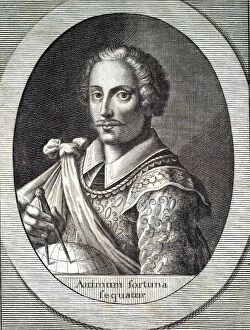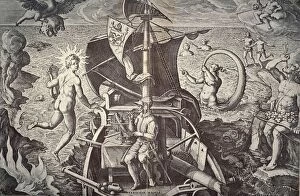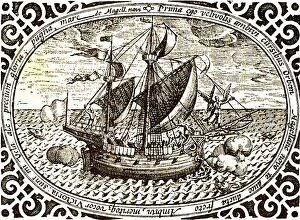Sixteenth Century Collection (page 5)
Step back in time to the sixteenth century, a period of artistic and cultural brilliance
All Professionally Made to Order for Quick Shipping
Step back in time to the sixteenth century, a period of artistic and cultural brilliance. In this captivating era, Albrecht Durer's masterpiece "Praying Hands" showcases the devotion and spirituality that defined the age. His renowned artwork "Young Hare" captures nature's beauty with remarkable precision. Exploring the cities of Florence, Venice, and Rome through their intricate plans reveals the architectural marvels that adorned these bustling metropolises. The detailed 16th-century map of Venice unveils its labyrinthine canals and grand palaces, while Florence's plan offers a glimpse into its Renaissance splendor. Meanwhile, Rome's layout hints at its rich history as an epicenter of power. Immerse yourself in vibrant scenes from La Orotava in Tenerife, Canary Islands. The lively street scene depicts everyday life during this enchanting time period, while the Church of San Francisco stands tall as a testament to religious devotion. Gaze upon breathtaking vistas over La Orotava towards Mount Teide – a reminder of nature's majesty that captivated artists throughout history. Delve into literature with Boethius' "Consolation of Philosophy, " whose cover transports us to Leyden in the 16th century – a world where wisdom was sought after amidst turmoil and uncertainty. Travel across continents to Central America where UNESCO-protected ruins stand as remnants of Panama City from the sixteenth century – echoing tales from another time. Witness King Stephen I Báthory’s engraving; his reign marked Poland’s golden era when culture flourished under his rule. The sixteenth century encapsulates an extraordinary epoch filled with artistry, exploration, philosophy, and political intrigue - forever etched within our collective memory as one of humanity's most fascinating chapters.




